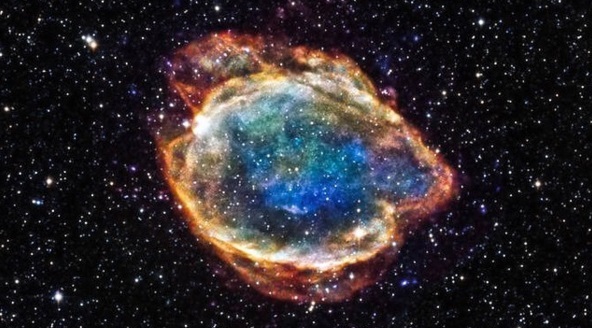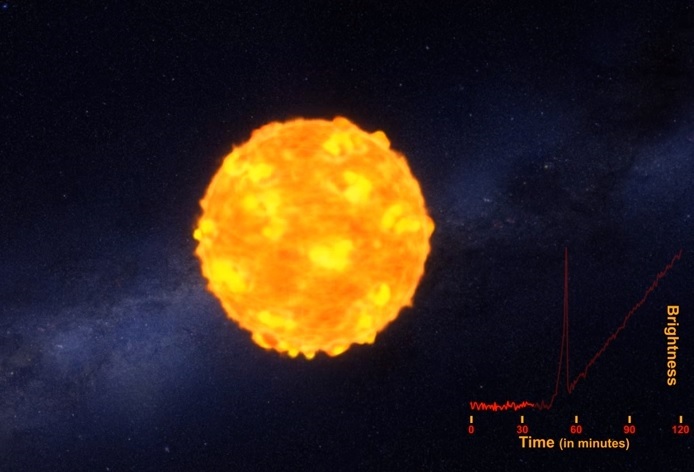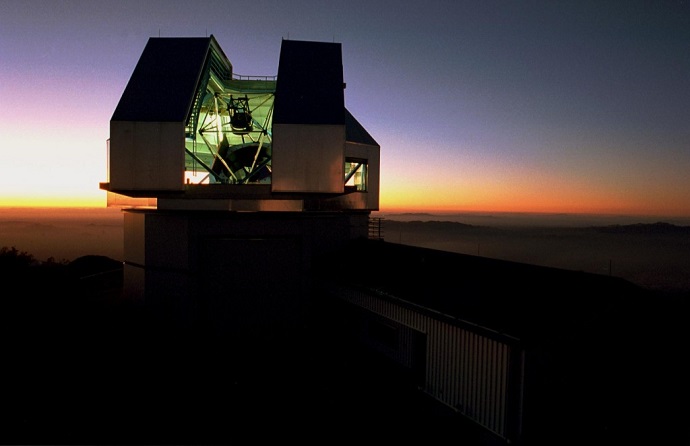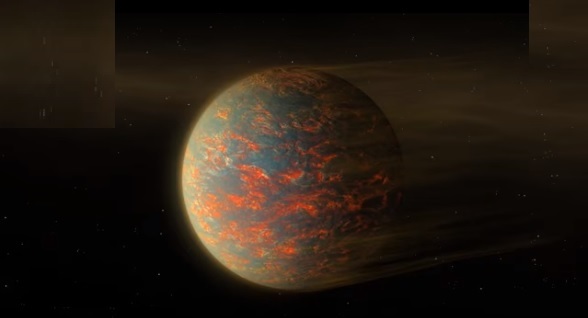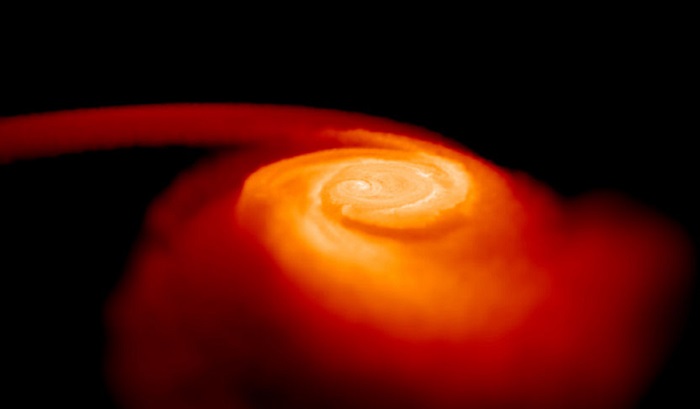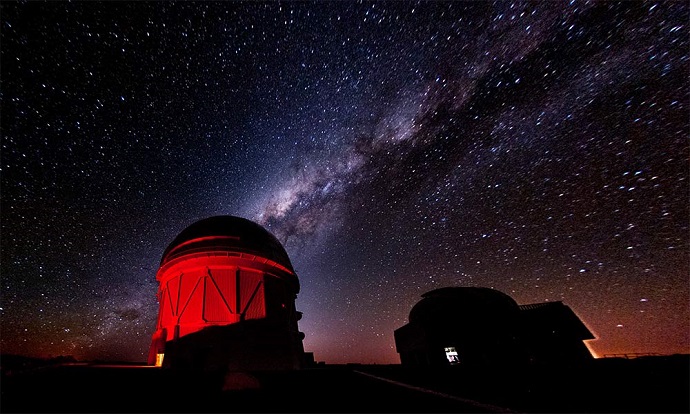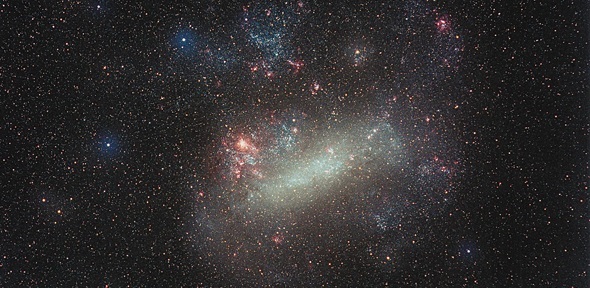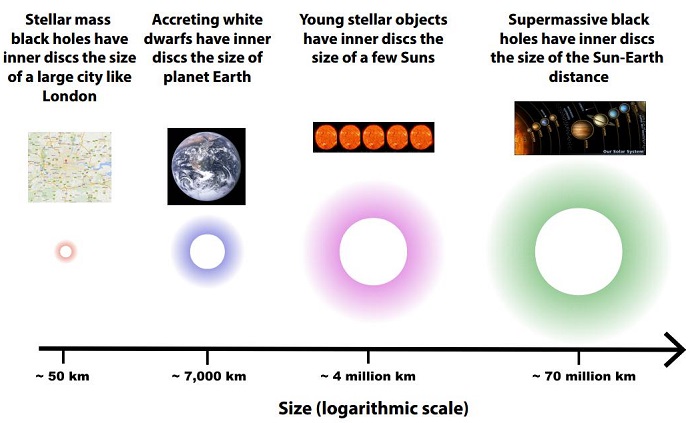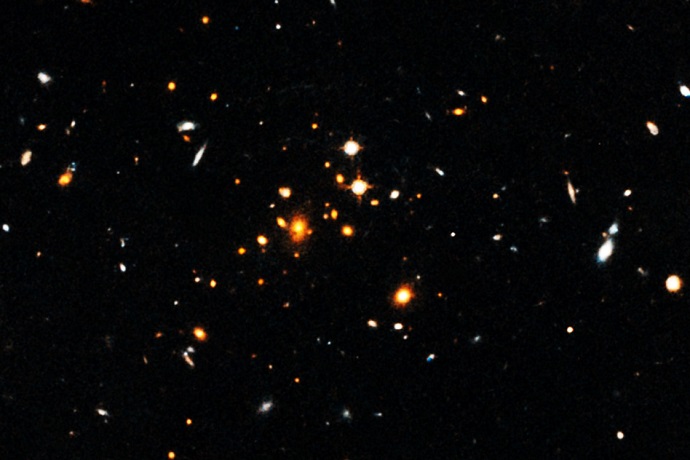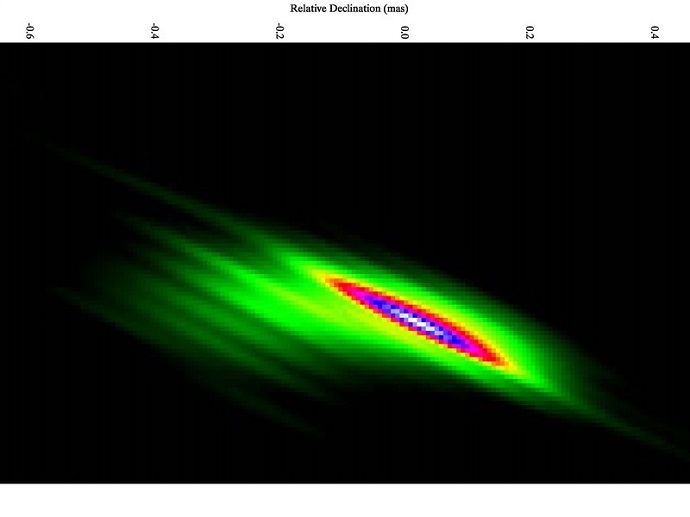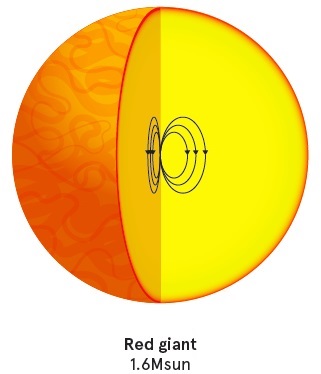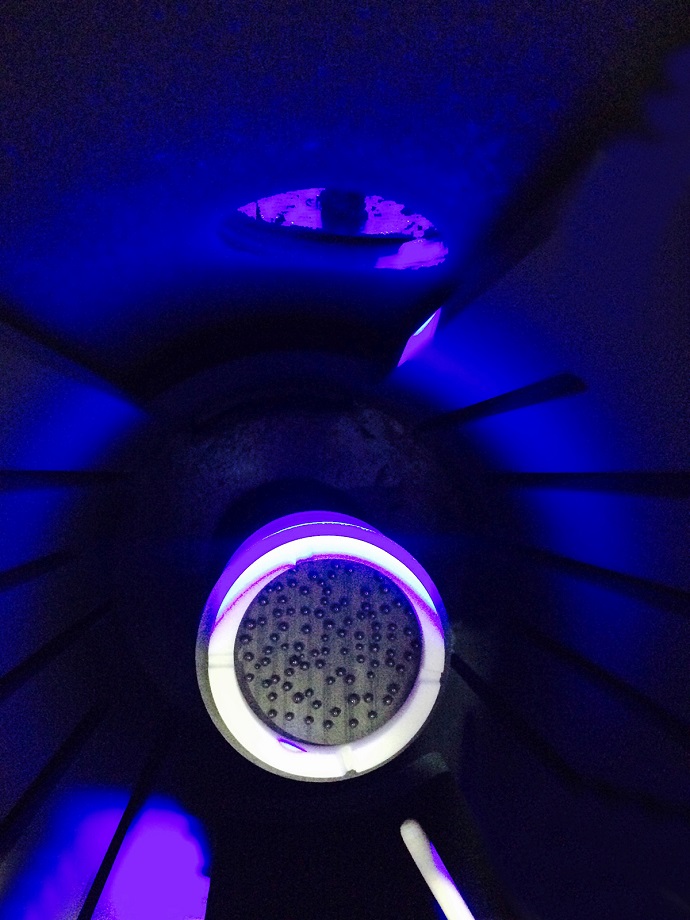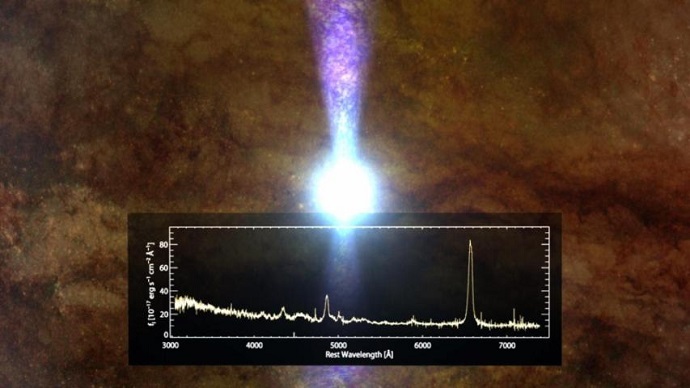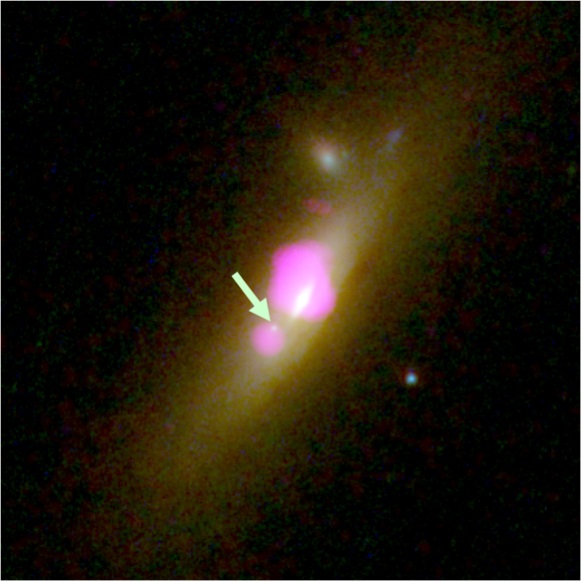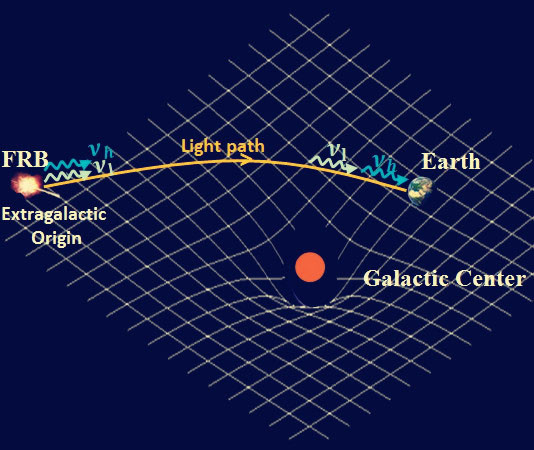
Proof that ancient supernovae zapped Earth sparks hunt for aftereffects
This research essentially proves that certain events happened in the not-too-distant past
Read >>Caught for the First Time: the Early Flash of an Exploding Star
The science team analyzed light that had been captured by Kepler every 30 minutes over a three-year period and covering…
Read >>Macquarie astronomer designs NASA’s next generation spectrograph to search for habitable worlds around other stars
NEID also is short for “NN-EXPLORE Exoplanet Investigations with Doppler Spectroscopy.” NEID will detect planets by the…
Read >>Map of rocky exoplanet reveals a lava world
The most detailed map of a small, rocky ‘super Earth’ to date reveals a planet almost completely covered by lava, with a molten ‘hot’ side and solid ‘cool’ side.
According to the researchers, conditions on the hot side of the planet are so extreme that it may have caused the atmosp…
Read >>Gold star: Seeking the origin of gold in the universe
By using existing data, often obtained by means of high-performance computing, the researchers were able to simulate pro…
Read >>Solar storms trigger Jupiter’s ‘Northern Lights’
It is the first time that Jupiter’s X-ray aurora has been studied when a giant storm from the Sun has arrived at the pla…
Read >>Rochester scientist discovers new comet
A University of Rochester scientist has discovered a new comet – the first to be discovered by an astronomer associated…
Read >>Five-dimensional black hole could ‘break’ general relativity
Researchers have successfully simulated how a ring-shaped black hole could cause general relativity to break down: assum…
Read >>Shedding light on the growth of stars and black holes
A Southampton astronomer is among a team of international researchers whose work has revealed a surprising similarity be…
Read >>Most distant massive galaxy cluster identified
Formed in the first 4 billion years of the universe, cluster is 1,000 times more massive than the Milky Way.
The cluster, named IDCS J1426.5+3508, is the most massive cluster of galaxies yet discovered in the first 4 billion year…
Read >>Scientists get first glimpse of black hole eating star, ejecting high-speed flare
Johns Hopkins astrophysicist leads team observing 'extremely rare' event
An international team of astrophysicists led by a Johns Hopkins University scientist has for the first time witnessed a…
Read >>BL Lacertae – the hottest hearth in space
Radio astronomers gaze deep into the heart of an active galaxy
Microwave radiation is emitted from the direct vicinity of the black hole. This radiation was the focus of a combination…
Read >>Strong magnetic fields discovered in majority of stars
Finding to impact understanding of stellar evolution.
A group of astronomers led by the University of Sydney has discovered strong magnetic fields are common in stars, not ra…
Read >>Cosmic glasses for space exploration
How are asteroids and planets formed from stony particles? This question is being explored in an experiment by scientist…
Read >>Powerhouse crab pulsar
MAGIC telescopes detect extremely energetic photons
With the help of the MAGIC telescopes, scientists have discovered photons — that is, particles of light — with energy ma…
Read >>The habitability of other worlds
New methods allow precise measurements of the gravity of stars and the size of exoplanets
A team of scientists have developed a new method which can be used to determine the gravity on the surface of distant st…
Read >>Quiet quasar has apparently eaten its fill
Astronomers with the Sloan Digital Sky Survey announced that a distant quasar ran out of gas. Their conclusions, reporte…
Read >>Galactic merger reveals an unusual star-deprived black hole
The recently discovered black hole, which does not have the expected number of stars surrounding it, could provide new i…
Read >>Mysterious radio signals from space test Einstein's General Relativity theory
The new method is considered to be a significant tribute to Einstein on the 100th anniversary of his first formulation o…
Read >>Quasar outburst revises understanding of universe, quasars
‘Spectacular’ outburst let astronomers measure density of photon fog between Earth and quasar, and distance between black hole and gamma ray emission it drives
Very energetic gamma rays are easily knocked off by visible light, the light from galaxies and stars that fills intergal…
Read >>
There are 385 articles in Astronomy & Space
Astronomy & Space Archive
